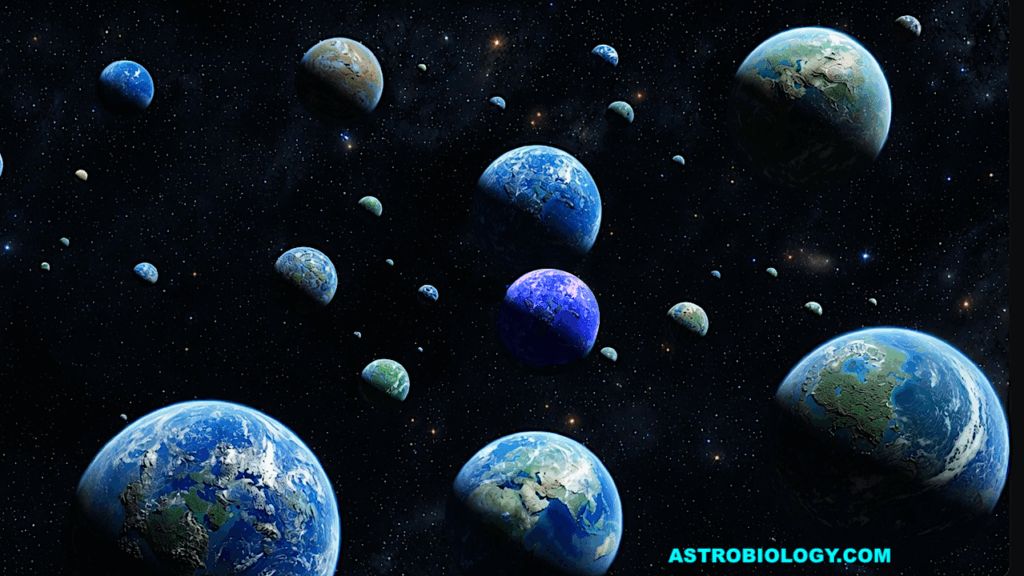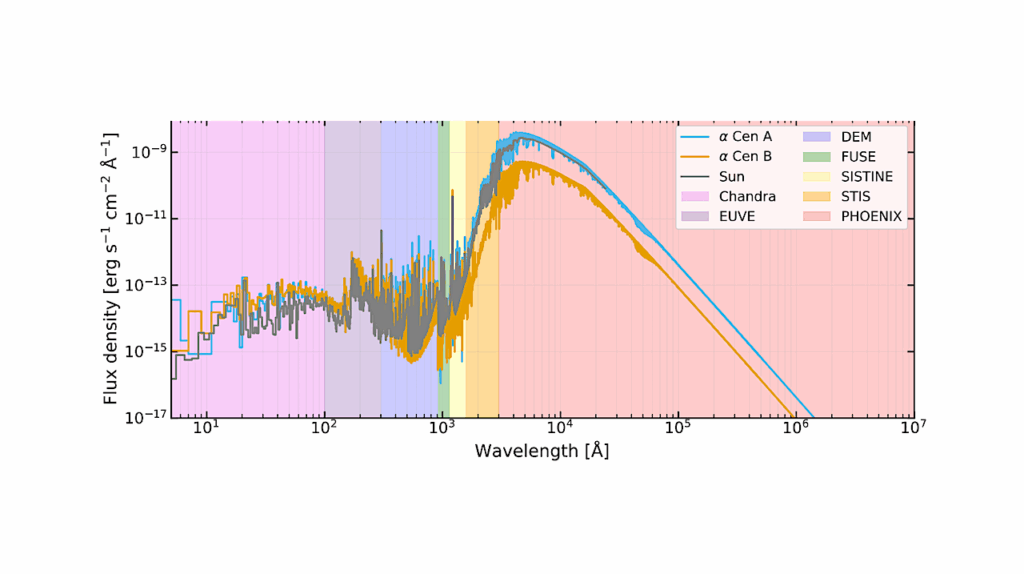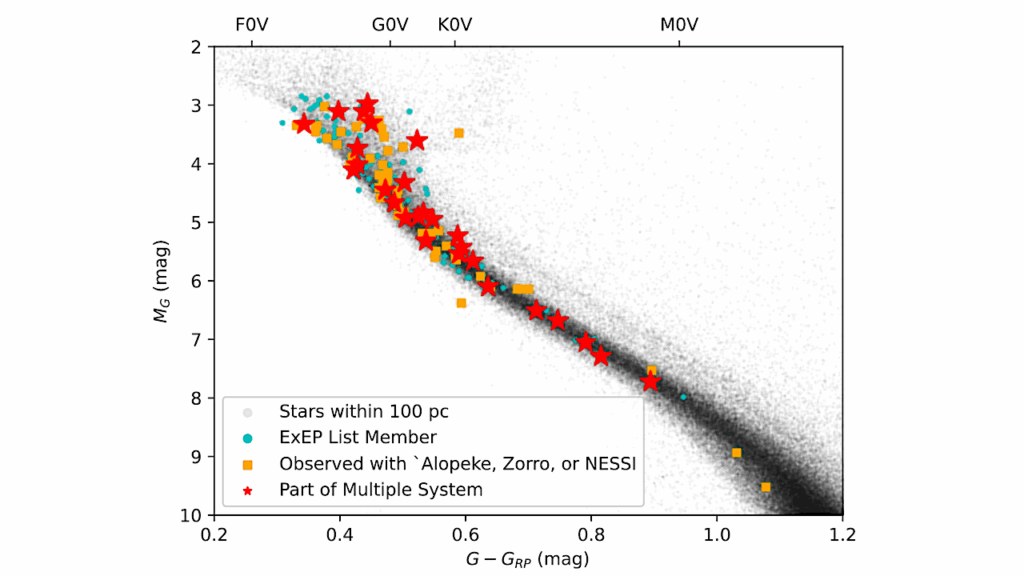Habitable Zones of Post-Main Sequence Stars

Once a star leaves the main sequence and becomes a red giant, its Habitable Zone (HZ) moves outward, promoting detectable habitable conditions at larger orbital distances.
We use a one-dimensional radiative-convective climate and stellar evolutionary models to calculate post-MS HZ distances for a grid of stars from 3,700K to 10,000K (~M1 to A5 stellar types) for different stellar metallicities. The post-MS HZ limits are comparable to the distances of known directly imaged planets. We model the stellar as well as planetary atmospheric mass loss during the Red Giant Branch (RGB) and Asymptotic Giant Branch (AGB) phases for super-Moons to super-Earths.
A planet can stay between 200 million years up to 9 Gyr in the post-MS HZ for our hottest and coldest grid stars, respectively, assuming solar metallicity. These numbers increase for increased stellar metallicity. Total atmospheric erosion only occurs for planets in close-in orbits. The post-MS HZ orbital distances are within detection capabilities of direct imaging techniques.
Ramses Ramirez, Lisa Kaltenegger
(Submitted on 16 May 2016)
Comments: Published in The Astrophysical Journal (28 pages, 7 figures, 8 tables)
Subjects: Earth and Planetary Astrophysics (astro-ph.EP)
Journal reference: ApJ, volume 823:6, 14pp May 20, 2016
DOI: 10.3847/0004-637X/823/1/6
Cite as: arXiv:1605.04924 [astro-ph.EP] (or arXiv:1605.04924v1 [astro-ph.EP] for this version)
Submission history
From: Ramses Ramirez
[v1] Mon, 16 May 2016 20:02:09 GMT (1652kb)
http://arxiv.org/abs/1605.04924








